The Different Roles Of Web Developers And Web Designers
August 17th, 2012
The distinction between web design and web development is determined by two different roles in the construction of websites. Design revolves around the aesthetics of a website whilst development deals with the coding, to ensure functionality and accessibility. Sometimes there are individuals who are able to do both however, the majority in the digital industry who may know aspects of the other field, still tend to specialise in one area. Generally, developers earn a higher salary than designers. This is established by their status as being proprietors of company systems, their intelligible coding skills and their rarity, compared to the excess of designers in the market. However, both development and design skills are necessary in creating a commendable website.

An example of web design and web development being fundamentally different, yet a necessary cohesive partnership to deliver a product, is the relationship between an architect and an interior decorator. The former constructs the foundation, whilst the latter creatively engages the user with its appearance. Similarly to the process of making websites, the designer is concerned with the graphics, colour scheme, the optimisation of content and the presentation of the site. In contrast to this, the developer integrates all the programs with computer languages such as HTML or JavaScript etc. to enable navigation, animation and operational services. They are responsible for the usability of a website. In turn, this is visually transformed by the designer to generate aesthetic appeal. The combination of both services is at the heart of producing a sufficient website, as it cannot exist without input from both angles.
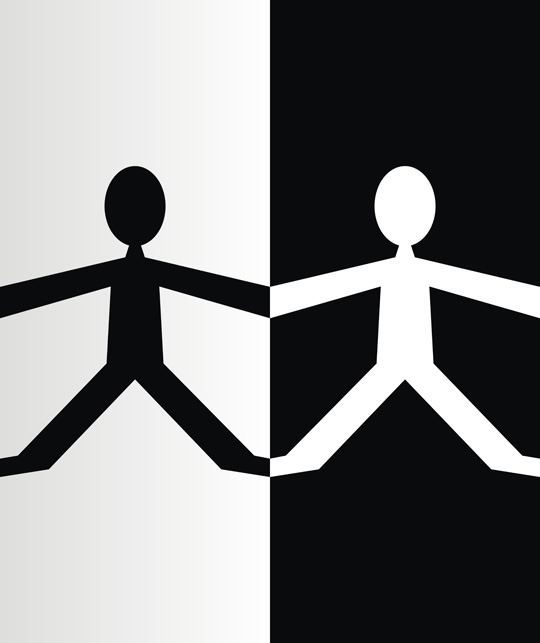
The formulation of websites requires the interrelating roles of a designer, graphic designer or visual consultant and that of a developer, programmer or coder. This yin and yang effect of opposing forces co-existing to dominate each other, yet only surviving because of their duality, often plays out in the struggle when working together. Those who are specialised designers and developers will clash at some stage during the creative process, however the compromise of both perspectives eventually converge into a joint vision. This challenging yet productive journey makes for an exciting approach to envisioning online projects. Currently, the digital industry is predominantly male oriented however, gender should not be an issue as there are females who are designers or developers and the market has room for talent from both sexes. As aforementioned, occasionally you do come across individuals who know both design and development and are equally skilled in both areas of expertise. However regardless of designers or developers that specialise in one field, they usually have knowledge to some extent of what their counterpart’s role involves.
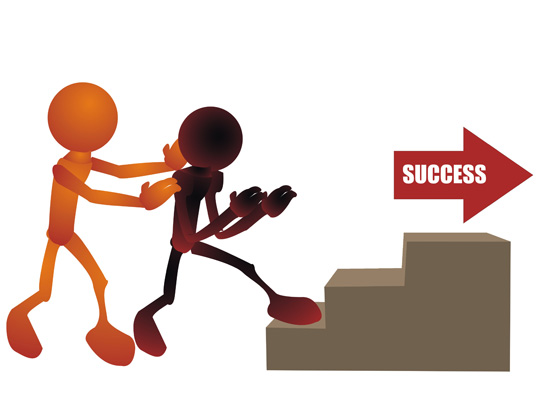
Web design serves to shape the visual exterior of a site with a layout that attracts the interaction of users. Graphic designers also understand the importance of navigation and usability. Similarly, where web development serves to enable websites to function effectively, developers also comprehend the significance of graphic design. Each job is a different niche and as such, they may be required to work on separate as well as joint projects, depending on the nature of the work. It’s important not to confuse the two roles and know which one you need to consult respective of clients briefs.
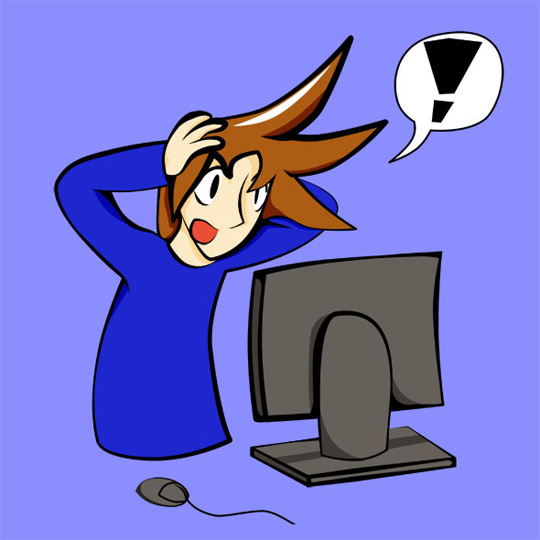
As web design and web development offer distinctive services, it’s important to recognise the difference as website projects often require these skill sets to be interchangeable. Design is based around the graphic elements of a website’s framework more so, than something that is displayed based on code. Sometimes web design is commonly used within the marketplace to encompass all work that has gone into developing a website, due to its appearance. However it’s vital to differentiate between web design and web development, as the former can execute branding, print and the graphics of a website, compared to the latter that provides the code for websites to exist. Web developers are programmers that construct websites using code that most visitors don’t see. Their knowledge of computer languages and operating systems enables the formatting of information. The term development can also be applied to any websites that are database driven. A developer relies on scripting like Coldfusion, ASP.net, ASP, PHP or that which is client-side related JavaScript, HTML and CSS. The collaborative reference towards web design, is used likewise for development covering database design.

Web designers are generally more creative and have a tendency to grasp clients visions, transforming them into artistic designs that appeal to countless users. They are usually proficient in typography, usability and interface design. They invariably frequent CSS galleries, Kuler, photography stock sites and their applications mostly include, Photoshop and Illustrator. What they sometimes share in common with developers is a working knowledge of writing (X)HTML, coding CSS, editing or drafting copy and slicing images. Overall, designers are the creative side of the digital force.
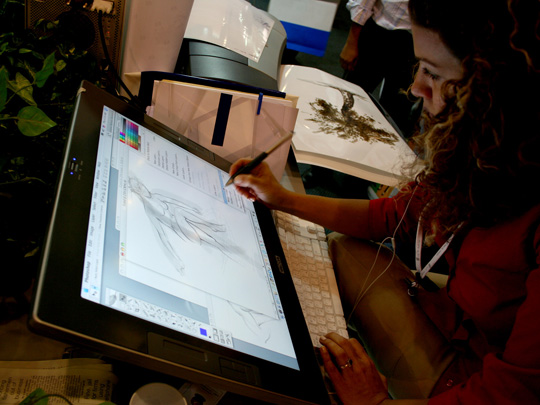
On the other hand, web developers are more mathematical and apt at problem solving, being technically minded. On average, a developer will write code in multiple languages including HTML (XHTML, HTML5), CSS (CSS3), JavaScript (jQuery, Ajax), PHP, ASP, Ruby, Perl, Python, Coldfusion, SQL and the list goes on. Their tools usually include text editors, Dreamweaver, various web browsers, development plugins such as Firebug, FTP Client and CMS like WordPress. Sites that usually inspire them include jQuery Documentation, PHP Manual, Mozilla Javascript Reference and WordPress Codex. Overall, they are known as developers because they develop programs with code. This forms the basis for websites to function and continue to be updated or revamped, as they are technical trouble shooters.

Therefore when deciding whose skillset you require most with regards to internet ventures, it’s important to know the difference between the developer or architect and the designer or interior decorator. The logic behind building a website ensures it is useful and that the structure is in place. Additionally, a website is always evolving and therefore requires the attention of both, although the developer is called upon more often.

At first, most clients that require websites do not fully understand that these online platforms whether e-commerce or not, are created with separate components, either development or design based. Therefore, it matters that these professionals receive the respect they deserve by comprehending their different positions and abilities. The main concern for both of these specific crafts, is that the website reaches its target audience and creates a user friendly experience. For a designer – this is achieved via the look and feel of a website and for a developer this is attained via the inner workings of an online site.
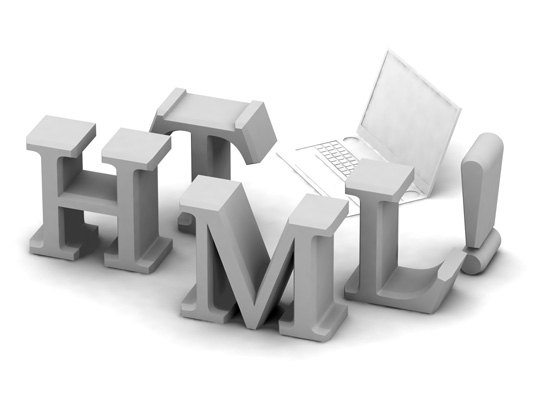
To produce the desired outcome of a website, the designer and developer need to work in unison at some point. Designers should also know how to perpend the user journey in addition to using graphic design programmes. Developers also have to consider how pages interact with their hosting environment and how tasks can be completed by visitors. Developers should perform cross browser compatibility testing, ensuring that websites adhere to web standards and are accessible. In addition to these primary concerns, are maintaining security, functionality, prepense workings, coding logically and semantically.
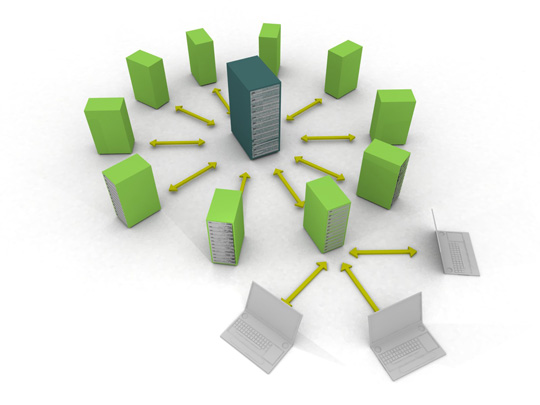
The approaches to web design and web development may be different in that developers take the sensible route, whilst designers opt for the more expressive path. However, they both arrive at the same destination not necessarily at the same time, to form a website. Although designers and developers are distinct from one another, the end goal encourages their similarities and combines the best of both worlds. Digital Mosaic is thus defined by the joint vision of its Co-Directors, with backgrounds in both web design and web development.

Article written by